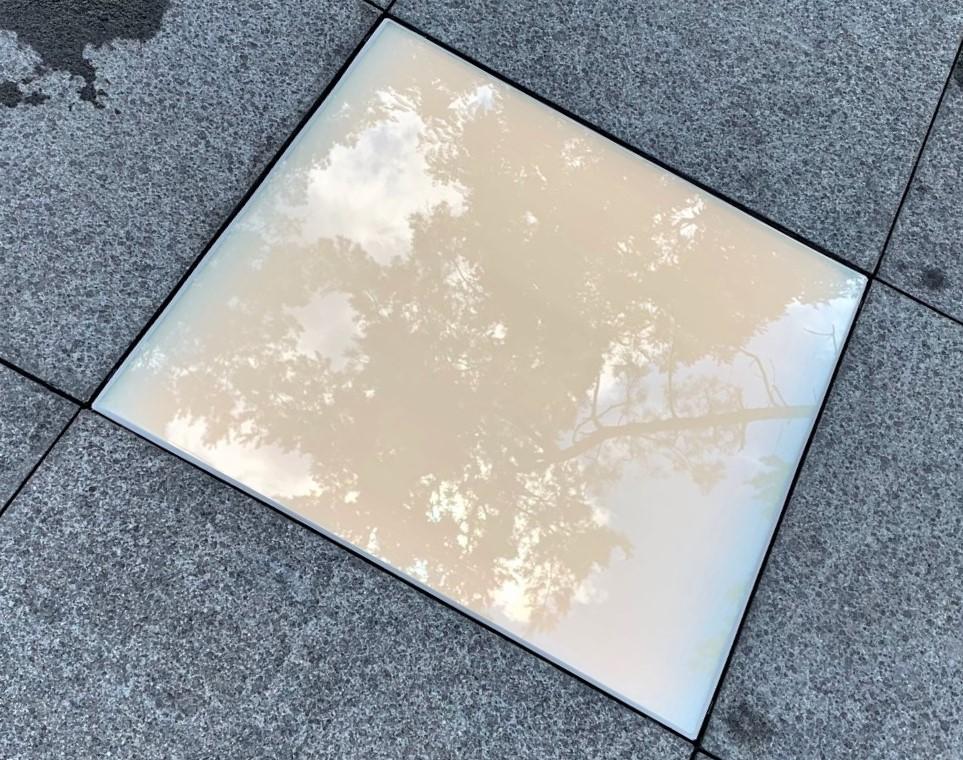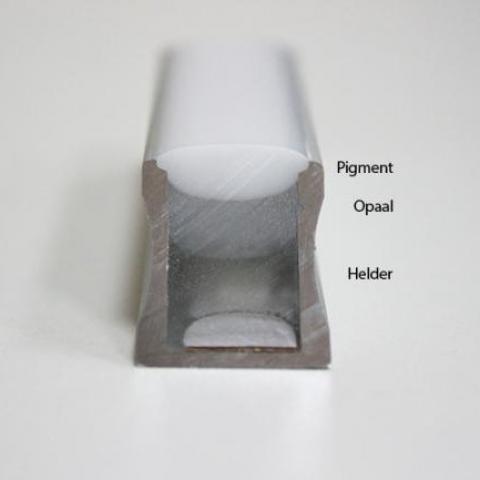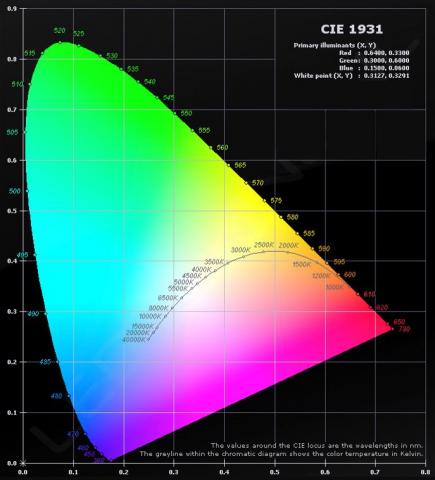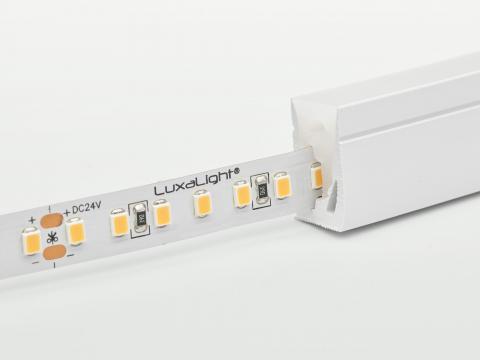Why LED moulding for outdoor LED installations
All LED products that are installed outside have to deal with changing weather conditions. It is a challenge to ensure that an installation can withstand these conditions.
Temperature differences
Changing weather conditions can therefore cause problems. The first problem is the temperature differences. Materials shrink or expand as the temperature rises and falls, this also applies to LED lines and other LED applications. Due to temperature differences, the LED installation also has to deal with condensation.
Moisture
The second problem that LED installations placed in the open air come into contact with is of course rain or moisture. If moisture gets into an installation, it is only a matter of time until problems arise.
Solid and waterproof
There is a high-quality solution for these 2 problems, namely LED moulding (LED casting). By pouring in LED, the installation is suitable for outdoor air (IP68 class). Condensation can no longer take place. Also, no connectors are used with cast-in LED profiles and fixtures. All connections are soldered, making the LED product extra solid and completely waterproof.
Applications
LED molding is done with different casting resins. The application and external factors such as the weather and humidity determine which casting resin is used. Below are some examples of common outdoor applications:
- In infrastructure, for example, road markings and crossings
- Functional LED outdoor lighting
- Lighting buildings, facade lighting and facade lighting,
- Swimming pool lighting and patio lighting,
- Decorative outdoor lighting for example in parks, art and fountains
- Public spaces such as town halls



